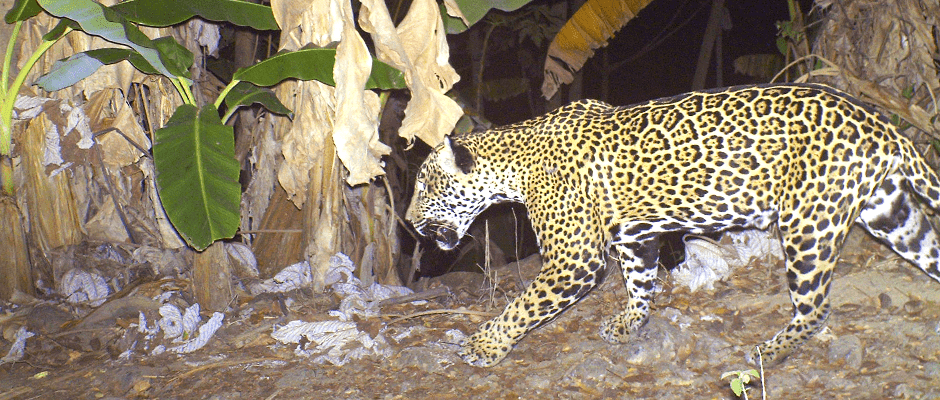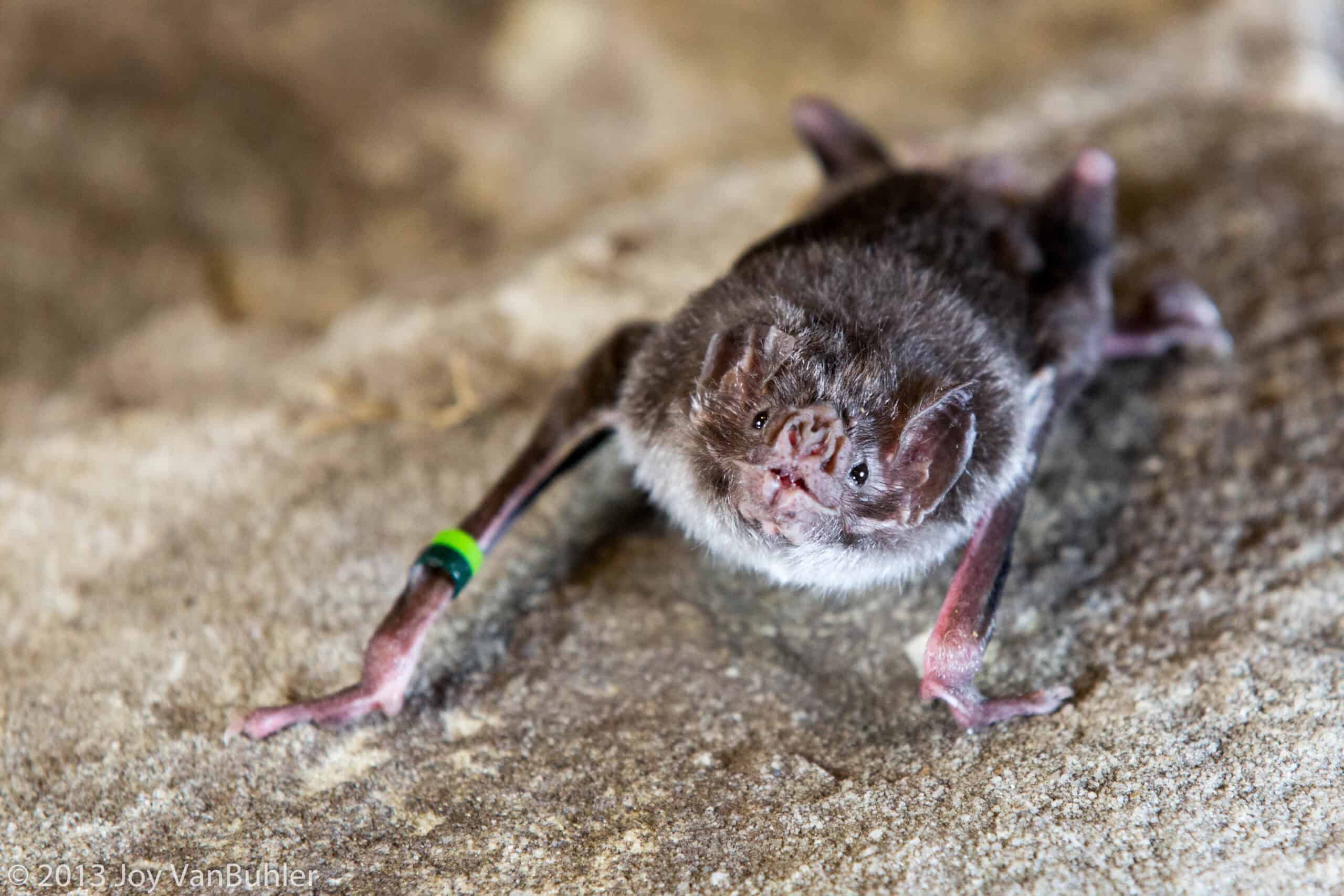Share this article
WSB study: Jaguars and humans may sometimes live in harmony
Jaguars are symbols of wild rainforest ecosystems, but new research suggests they are not limited to such remote haunts. In the state of Nayarit on Mexico’s western coast, jaguars (Panthera onca) share the landscape with about 82 humans per square mile — far more than researchers had previously expected jaguars to tolerate. In Nayarit, jaguars and humans appear to live in relative harmony, thanks in part to low rates of livestock ranching.
“We’re finding a moderately high density [of jaguars] here, among and in close proximity to human settlement,” said Joe Figel, a conservation biologist and PhD student at the University of Central Florida and first author of a recent study in the Wildlife Society Bulletin. “That really has not been reported to the extent that we found in this study.”
In the mid-20th century, Nayarit boasted one of the highest jaguar densities in Mexico. Americans traveled there to hunt jaguars in the 50s and 60s, and their hunting records offer a window into historical populations. But Mexico banned jaguar hunting in 1987, and few researchers have studied the jaguars in recent decades.
To find out what happened to the region’s jaguars, Figel and his colleagues set camera traps at 27 sites in the San Blas municipality in coastal Nayarit. Over 64 days in 2010, the cameras snapped 90 pictures of nine individual jaguars, which the researchers identified by the patterns of their spots. The researchers estimated a density of about 3.29 jaguars per 100 square miles. It’s not clear how this compares with other regions, because researchers have used different methodologies in their estimates, says Figel. Still, the findings show that jaguars have persisted in Nayarit, even after decades of intensive hunting.
As expected, most of the jaguar sightings came from parts of the study area covered in tropical dry forest. But jaguars also turned up in croplands and mangrove swamps, which aren’t known for being jaguar habitats.
“There’s not a whole lot of knowledge or data about jaguar use of agricultural fields, which are expanding every year throughout their range,” said Figel. “And to the best of my knowledge, these are the first reports of jaguars in the mangroves of Mexico.”
One of the most striking things about the jaguars’ presence was their proximity to people. In a study published in Animal Conservation in 2000, researchers estimated that jaguars have a 50 percent chance of going locally extinct when human density reaches 28 people per square mile. Human density in the study area was nearly three times that threshold, yet jaguars there appear to be doing well.
To find out why, Figel and his colleagues turned to the people themselves. Out of 82 locals the researchers interviewed, three quarters had positive opinions of jaguars, often calling them beautiful and worthy of protection. Many people also appreciated jaguars’ role in deterring crop-raiding herbivores, referring to the big cats as scarecrows.
That doesn’t mean jaguars and humans can coexist everywhere, Figel notes. The area’s few ranchers tended to dislike jaguars, viewing them as dangerous and harmful to livestock. The researchers learned of six occasions in the last 12 years when someone had killed a jaguar, and in each case, the killer was a rancher.
In other parts of Mexico where ranching is widespread, jaguars and humans would likely clash more often, says Figel. And even without ranching, not every place will have suitable undisturbed habitat. Still, the findings suggest that researchers can expand their concepts of jaguar habitat, perhaps including mangrove swamps and areas near human settlements. A closer look may reveal more unexpected jaguar refuges.
Header Image: A camera trap captures the image of a jaguar in coastal Nayarit, Mexico. ©Joe Figel








